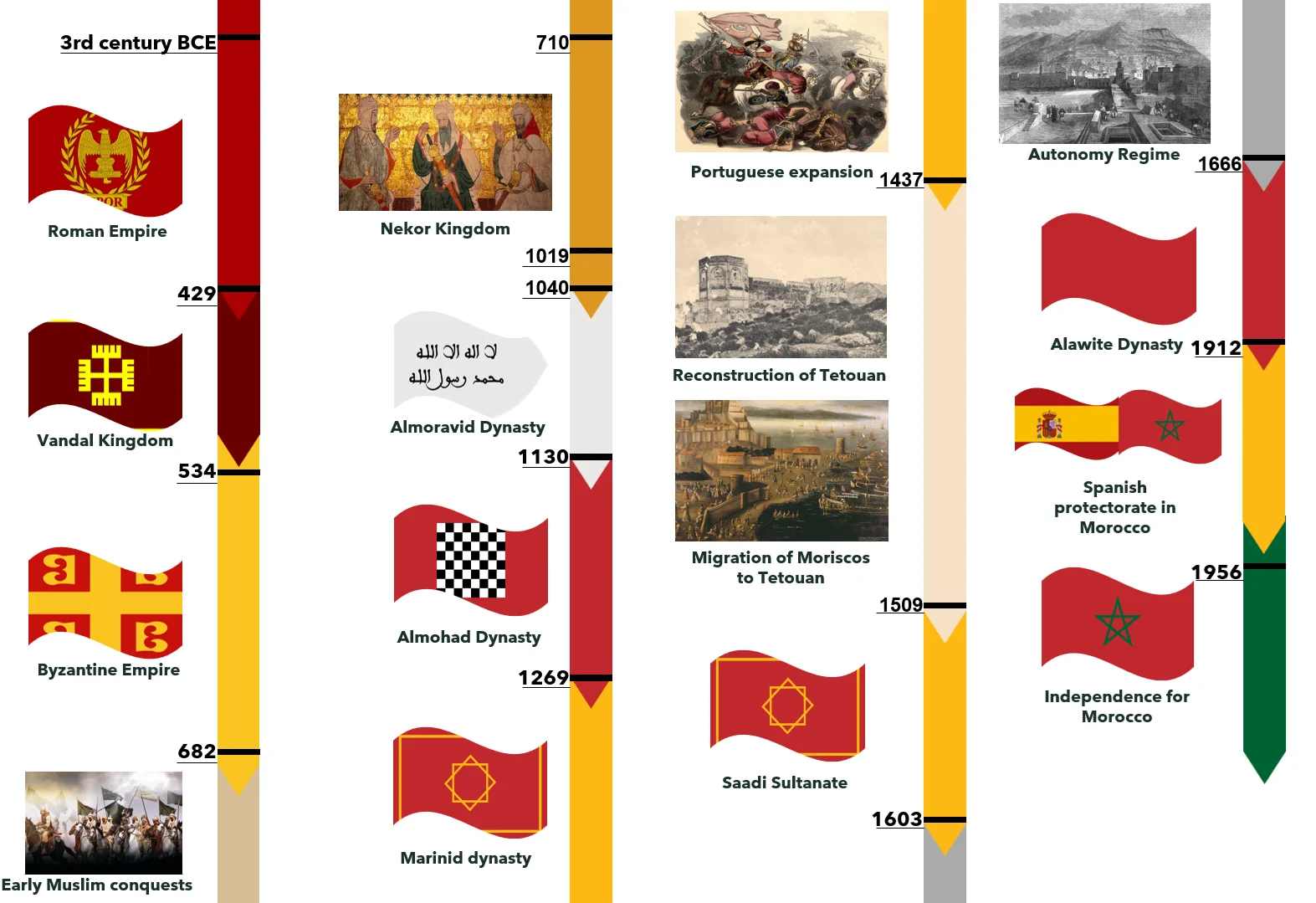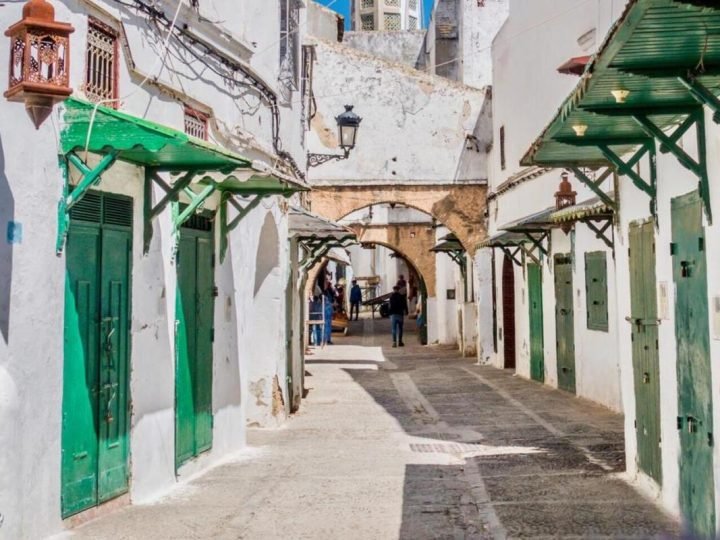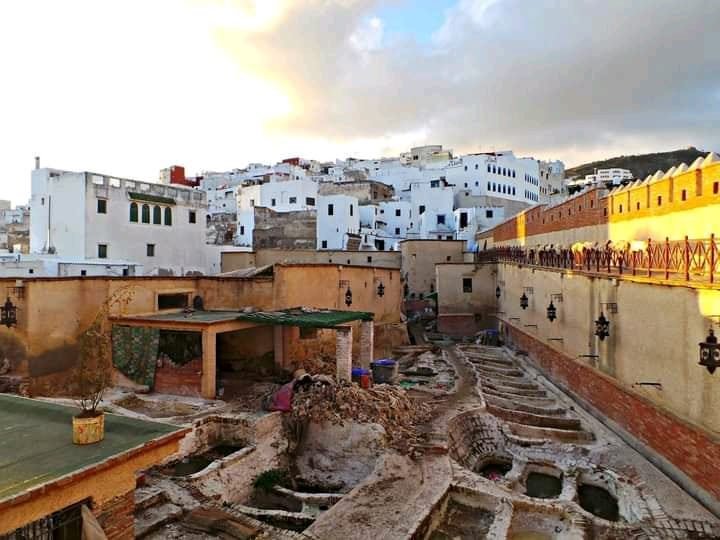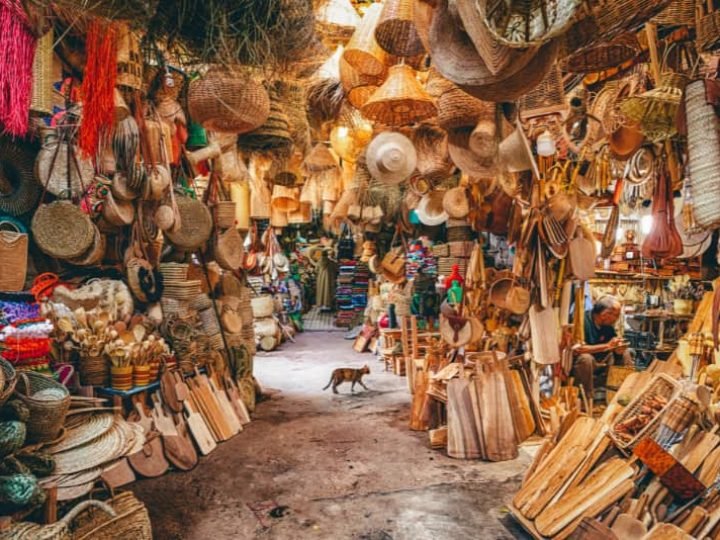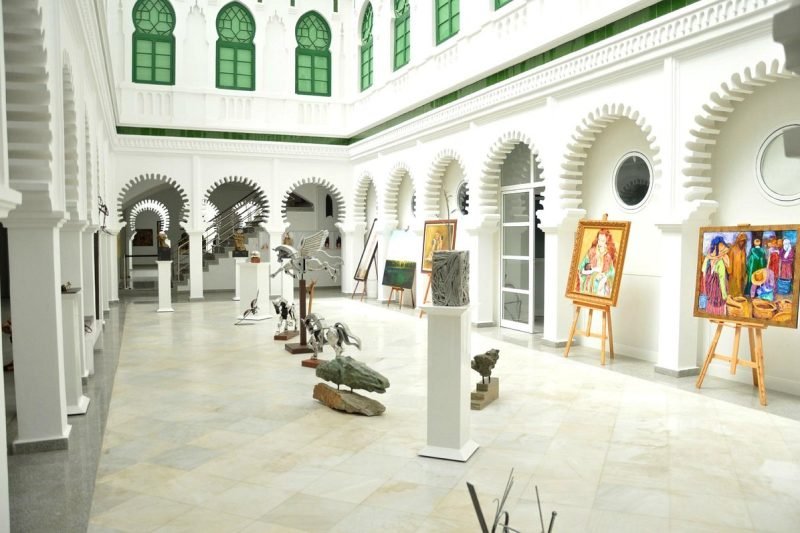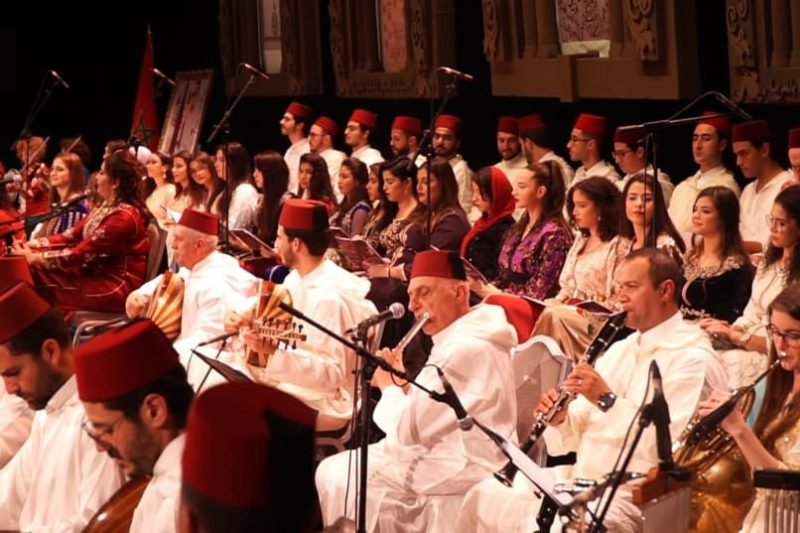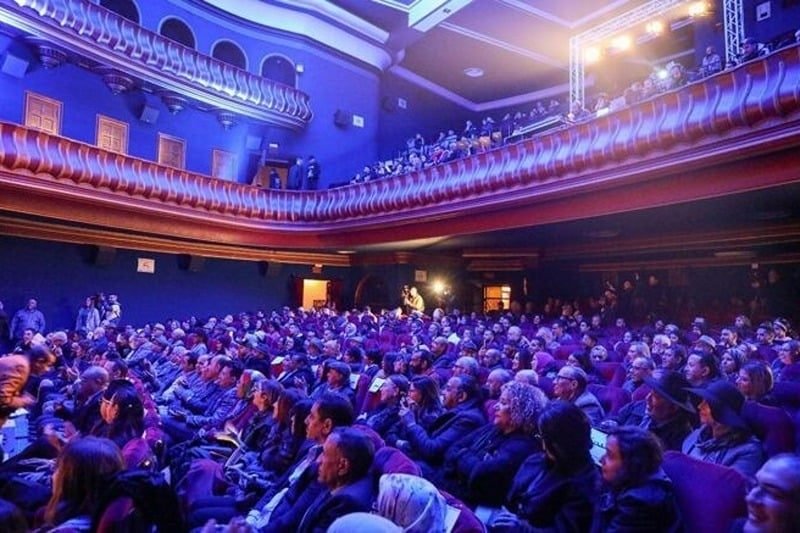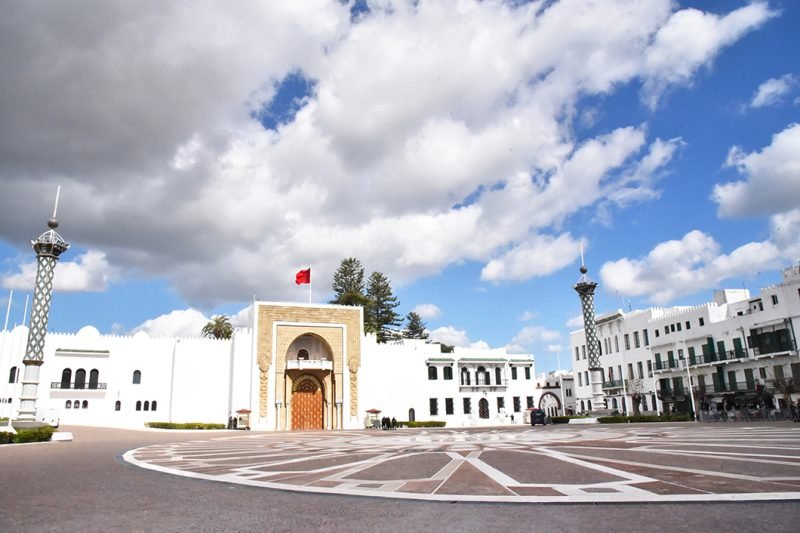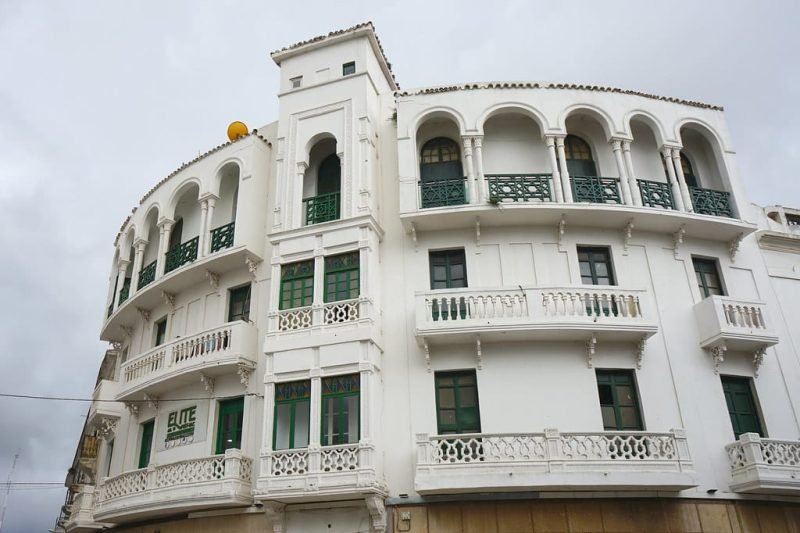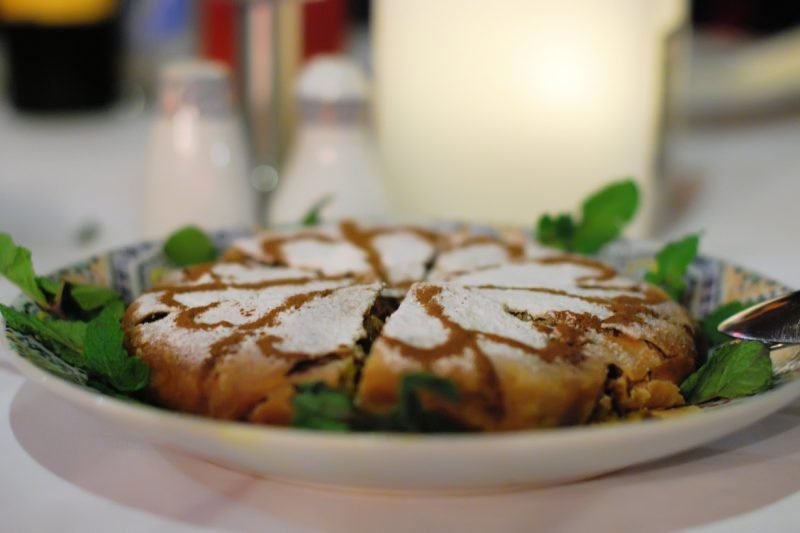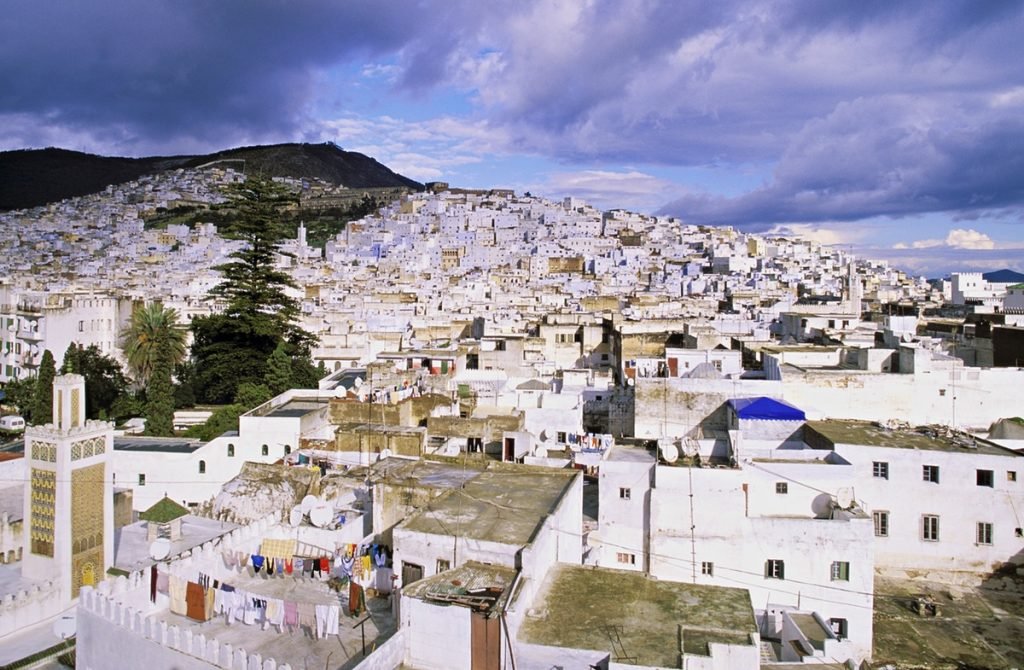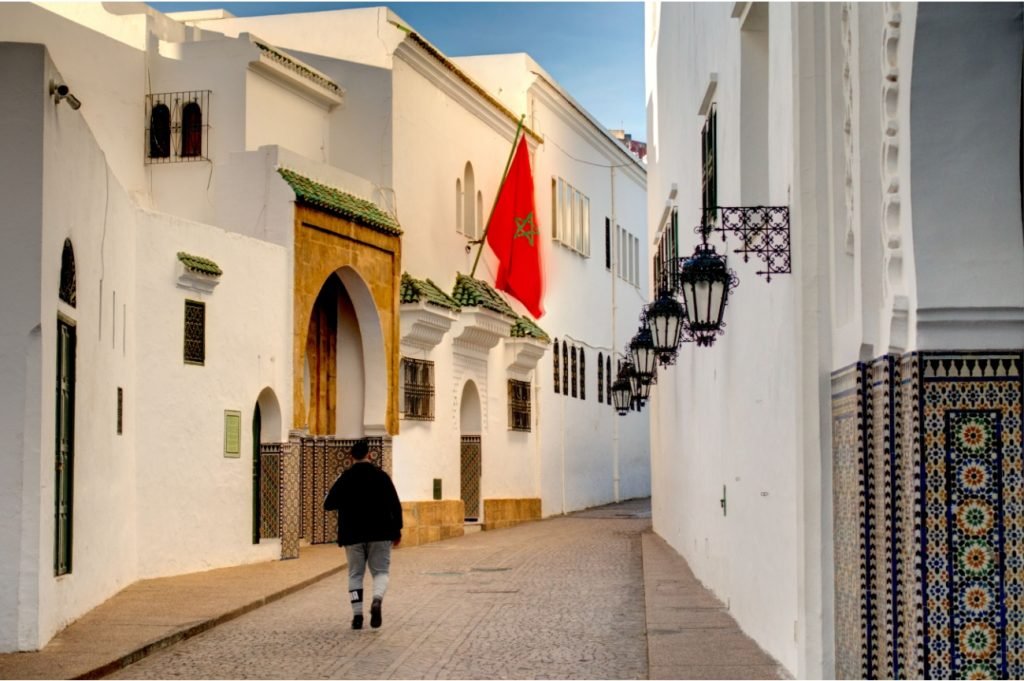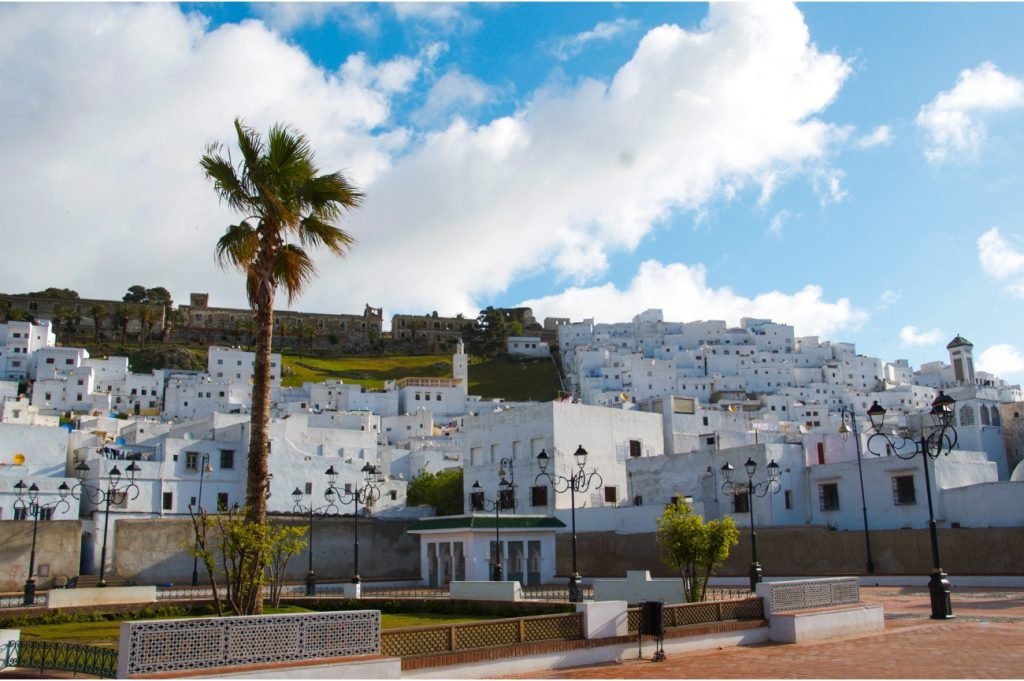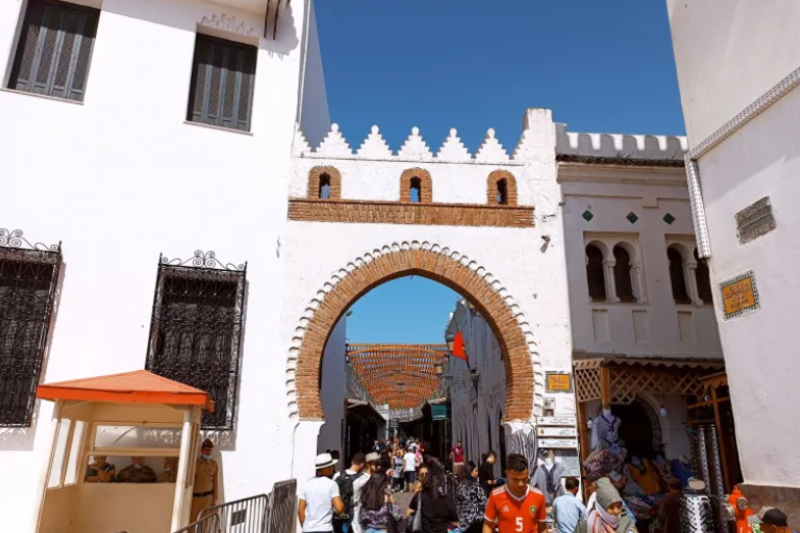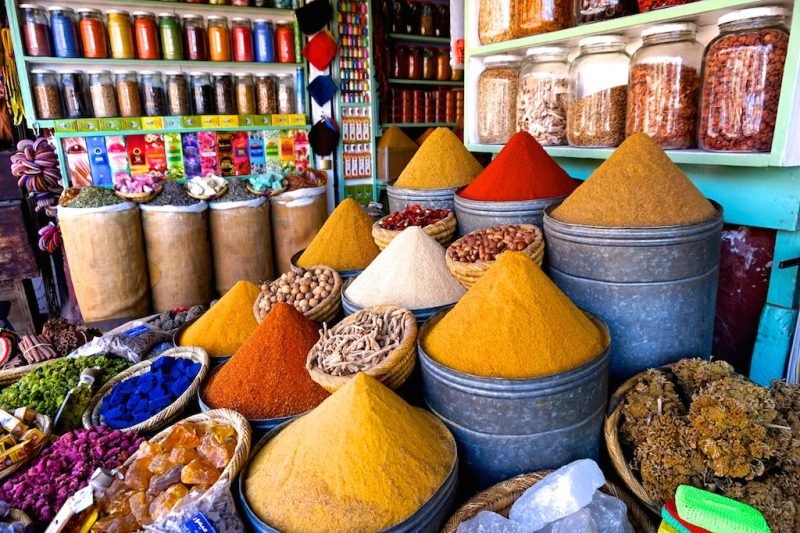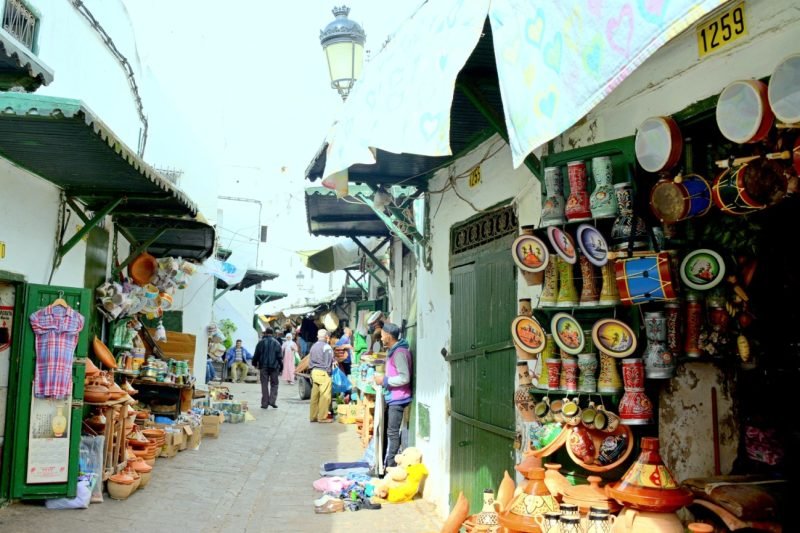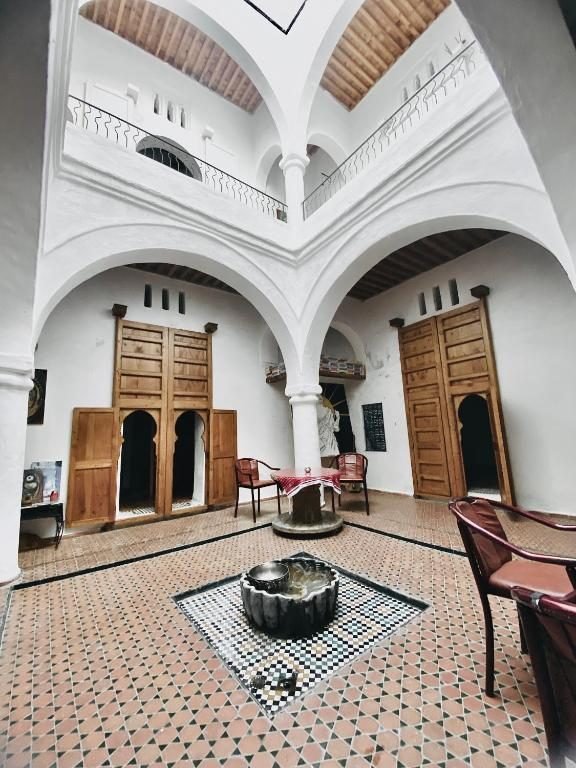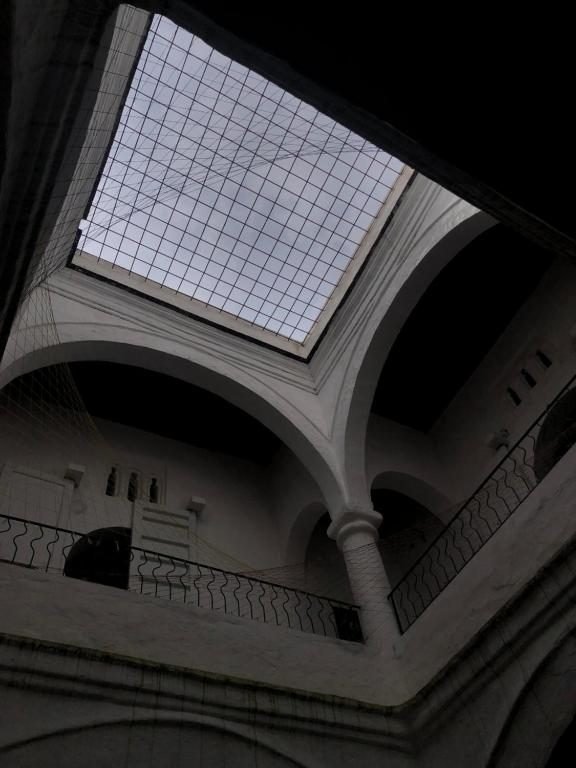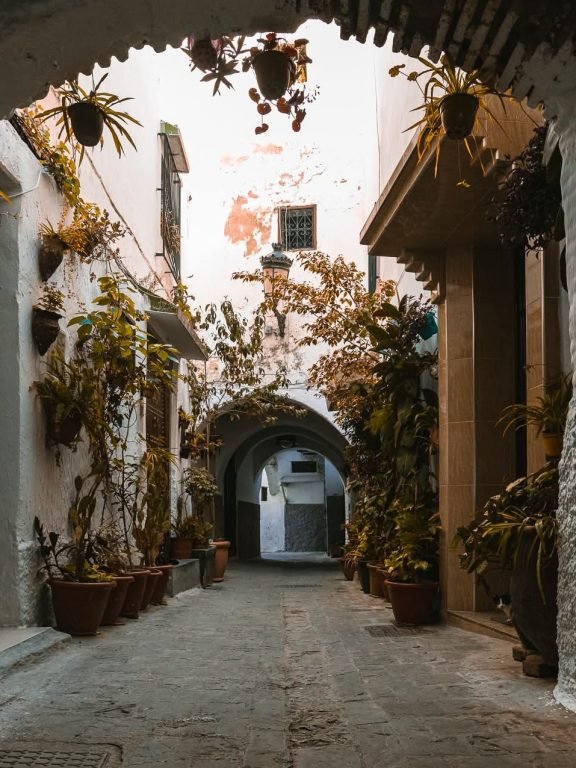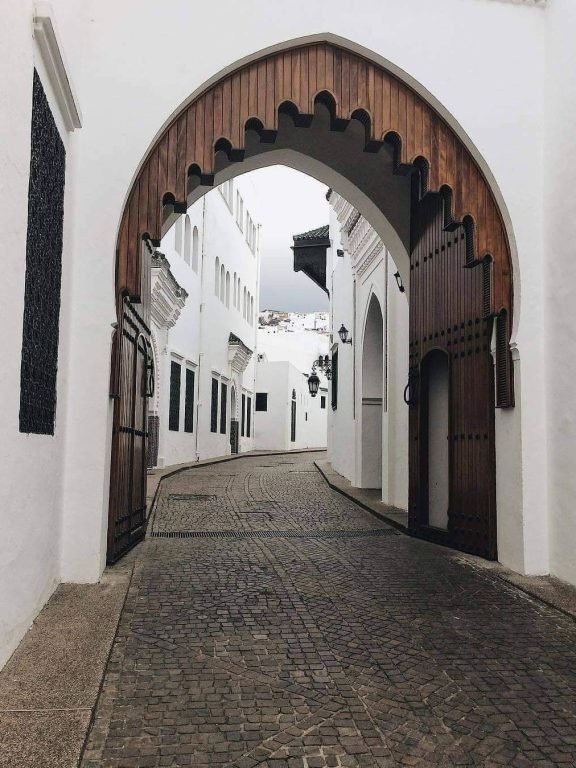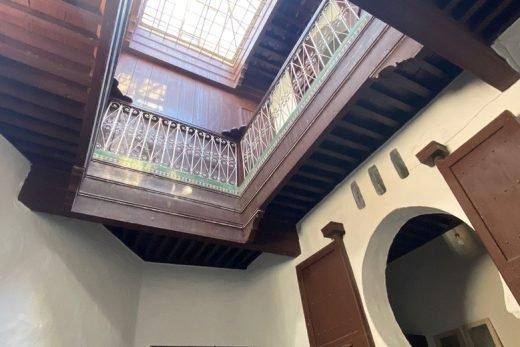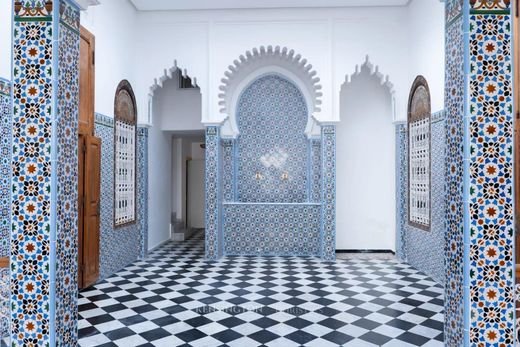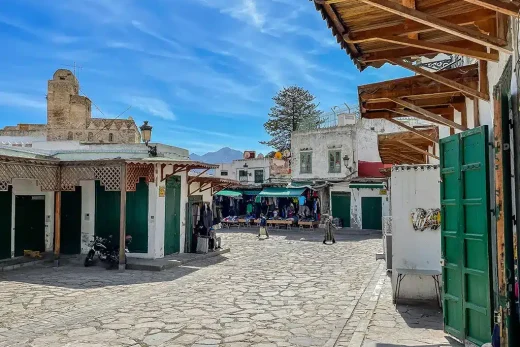DISCOVER TETOUAN
Where is Tetouan in Morocco?
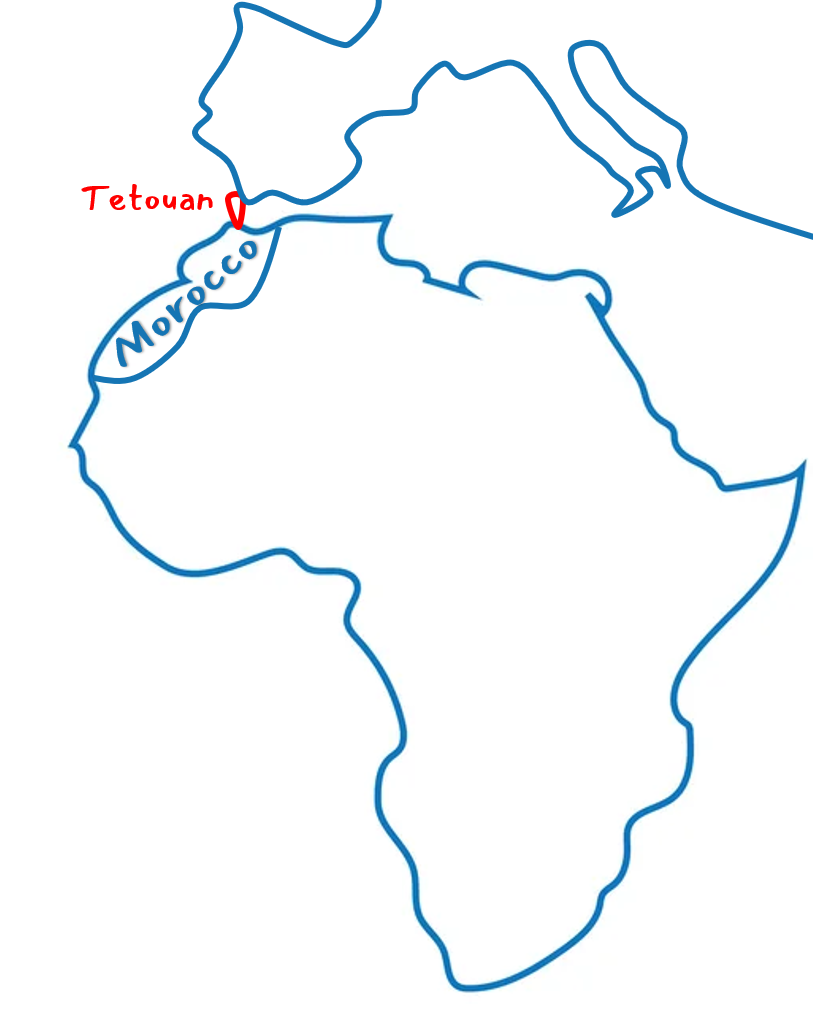
Where Is Tetouan Located?
Tetouan is a city in northern Morocco, between the Rif Mountains and the Mediterranean Sea.
It lies about 60 km from Tangier, 40 km from Ceuta, and 250 km from Rabat, the capital.
Thanks to this location, Tetouan is easy to access from both inland and coastal areas.
What Is the Tetouan Metropole?
Tetouan is part of the Tetouan Metropole, a region rich in nature, history, and culture.
It includes towns and villages like Martil, Cabo Negro, M’diq, Fnideq, Oued Laou, Azla, Belyounech, Al Hamra, Ksar Sghir, and Allyene.
These places are closely connected through tourism, economy, and local life.
The Metropole blends beaches, mountains, and authentic Moroccan experiences—all close to Tetouan.
Top Destinations Around Tetouan
To the north, Martil is known for its beaches and summer vibe.
Nearby, Cabo Negro offers luxury hotels and a golf course.
M’diq (Rincon) combines modern life and traditional charm.
Further west, Fnideq (Castillejos) is famous for its markets and location near Ceuta.
To the east, Oued Laou offers peaceful beaches and mountain views.
Close by, Belyounech gives stunning views of the sea and the legendary Jebel Musa.
Why Visit Tetouan?
Tetouan and its region offer a perfect mix of nature, culture, and coastal beauty.
Whether you’re looking for history, local life, or scenic views, Tetouan is a must-visit in northern Morocco.
History of Tetouan
1. Roman Era (3rd century BCE – 5th century CE):
- Tétouan was originally established as a settlement in North Africa and later became part of the Roman Empire.
- The area was known as Tamuda and served as a small urban center.
- The Romans built military fortifications and irrigation systems, fostering agricultural and economic growth.
2. After the Fall of the Roman Empire (5th – 7th centuries):
- Urban activity declined, and the area became a small settlement.
- This period was marked by instability until the Islamic conquests brought the region under unified rule.
3. Islamic Conquest (7th – 8th centuries):
- The region became part of the Islamic state, and the local population converted to Islam.
4. Era of the Almoravids and Almohads (11th – 13th centuries):
- Small fortifications were built to protect the area from external invasions.
- The region became a strategic passage .
5. Portuguese Invasions and the Destruction of Tétouan (1437):
- Tétouan was heavily attacked and completely destroyed by the Portuguese due to its strategic coastal location for the islamic country.
- The city was left largely abandoned after these invasions, with only minimal fortifications remaining.
6. Reconstruction by the Andalusians (Late 15th century):
- In 1484, the city was rebuilt by Andalusian Moriscos fleeing the Spanish Inquisition.
- The Moriscos gave Tétouan its distinctive Andalusian character in architecture and culture.
- The city became an important cultural and commercial hub with a thriving port.
7. The Golden Age (17th – 18th centuries):
- Tétouan flourished under Sultan Moulay Ismail’s rule, becoming a key trading center.
- Fortified walls and monumental gates were constructed, many of which still stand today.
- The city played a significant role in Mediterranean commerce.
8. Spanish Protectorate Period (1912 – 1956):
- Tétouan became the capital of the Spanish Protectorate in northern Morocco and served as the administrative center for the entire northern region during this period.
- The city underwent significant development in its infrastructure, with the Spanish authorities modernizing key facilities such as roads, schools, hospitals, and administrative buildings. This transformation made
- Tétouan the most developed city in northern Morocco at the time.
Its neighborhoods were characterized by a modern Spanish architectural style, creating a unique blend of Moroccan and European heritage. - Tétouan remained a prominent cultural and administrative hub, playing a crucial role in the political and economic life of northern Morocco throughout this era.
9. Post-Independence Era (1956 – Present):
- After Morocco’s independence, Tétouan was reintegrated into the unified Moroccan state.
- The city maintained its unique Andalusian identity while modernizing its infrastructure and economy.
Cultural heritage of Tetouan
Tetouan’s cultural heritage is beautifully embodied in its medina, a UNESCO World Heritage Site since 1997.
Indeed, this compact and well-preserved medina is renowned for its Andalusian-style whitewashed architecture, which reflects centuries of history and influence.
In addition, its bustling souks and narrow alleyways invite visitors to explore a world of color, scent, and sound.
Traditional workshops, found throughout the medina, showcase the work of local artisans who still craft leather goods, ceramics, and textiles using ancient techniques passed down through generations.
The city is a vibrant hub for arts, as it houses the National Institute of Fine Arts and also hosts events like the Mediterranean Film Festival.
Furthermore, museums such as the Archaeological Museum and the Ethnographic Museum preserve Tetouan’s Roman, Andalusian, and Berber legacies.
Meanwhile, the city’s music scene thrives with Andalusian music and traditional performances, both deeply rooted in its cultural identity.
Tetouan’s heritage extends to its religious and civic architecture, including historic mosques and the Royal Palace.
Moreover, festivals like the Moussem of Moulay Abdessalam Ben Mchich showcase spiritual traditions that remain alive today.
In addition, local cuisine, featuring dishes like seafood tagines and pastilla, adds another dimension to Tetouan’s cultural identity.
Together, these culinary delights, alongside vibrant music and art, highlight Tetouan as a living museum of Morocco’s diverse heritage.
A UNESCO World Heritage Site
Tetouan’s medina, a UNESCO World Heritage Site, is one of the most well-preserved in Morocco.
This historical gem offers a journey back in time with its maze-like streets, lined with whitewashed houses featuring intricately decorated doors.
Moreover, the medina reflects a unique blend of Andalusian and Moroccan influences, showcasing a rich history of cultural exchange.
As you explore its lively souks, you’ll encounter traditional craftsmanship at its finest, from pottery and textiles to copperware.
Every corner reveals fascinating architectural details, including vibrant zellige tiles, wooden latticework, and shaded patios.
The medina is also home to iconic landmarks such as the Grand Mosque (Al-Jamaa Al-Kebir) and historic gates like Bab Okla and Bab el-Saaida.
Visiting Tétouan’s medina is not just about admiring its preserved heritage—it’s an opportunity to experience the vibrant atmosphere of a city steeped in history and culture.
Therefore, it is a must-see destination for history buffs, architecture enthusiasts, and travelers seeking authenticity.
Andalusian Architecture and the Medina
Tetouan is a stunning example of Andalusian architecture — a harmonious blend of Arab-Muslim art and European influences.
This architectural style emerged from centuries of cultural exchange between North Africa and Southern Spain and remains vividly preserved in Tétouan.
Andalusian design is characterized by geometric tilework, or zellige, forming intricate patterns that captivate the eye.
Homes feature serene patios with fragrant orange trees, climbing jasmine, and ornate fountains symbolizing purity.
Moreover, thick whitewashed walls keep interiors cool, while wooden lattice windows, or “moucharabiehs,” ensure privacy and diffuse light beautifully.
These elements create a perfect balance of functionality and aesthetics.
Following the fall of Granada in 1492, Andalusian Muslims brought their traditions to Tétouan, enriching its culture and architecture.
Wandering through the medina’s narrow alleys, visitors encounter houses with brightly painted doors, carved plasterwork, and decorative arches that narrate this shared history.
In addition, public buildings like mosques and madrasas also showcase Andalusian artistry, with their detailed tilework and elegant structures.
Tetouan’s medina is more than a relic; it’s a vibrant hub of craftsmanship.
Local artisans continue Andalusian traditions, creating intricate woodwork, ceramics, and textiles in workshops that dot the medina.
This dedication ensures the preservation of techniques passed down for generations.
Visitors can immerse themselves in this architectural marvel by exploring landmarks like Dar Sanaa, a cultural center celebrating Andalusian crafts; the Ethnographic Museum, a treasure trove of local traditions near Bab El Oqla; and the Artisan’s Quarter, a dynamic area showcasing craftsmanship in action.
Furthermore, efforts by local authorities and international organizations aim to preserve Tétouan’s medina while adapting it to modern needs.
As a result, its Andalusian legacy remains a source of pride and inspiration.
Ultimately, in Tétouan, every courtyard, fountain, and alley echoes the spirit of Andalusia, offering a timeless journey into a rich and harmonious past.
Need help or have questions about your trip to Tetouan? We’re here for you — just get in touch!

